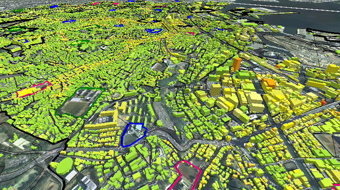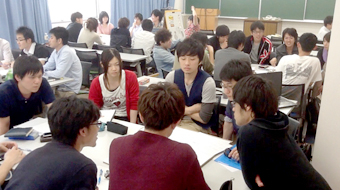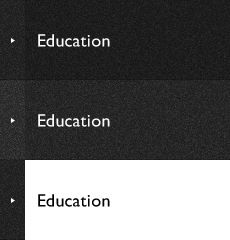Utilizing Advanced Technology
in Designing Cities and Environments

To accurately evaluate the current situation regarding cities and environments and to conceive those of the future, cities must be scrutinized from various angles, such as its safety, functionality, comfort, history, and harmony with its environment. The Graduate Major in Urban Design and Built Environment has a rich research and education environment utilizing advanced technologies, such as simulation technology using a supercomputer and spatial information processing technology, in addition to various laboratory facilities. Its students, through practice, acquire the skills to analyze various phenomena related to cities and environments in a multifaceted way.
. Any information published on this site will be valid in relation to Science Tokyo.







